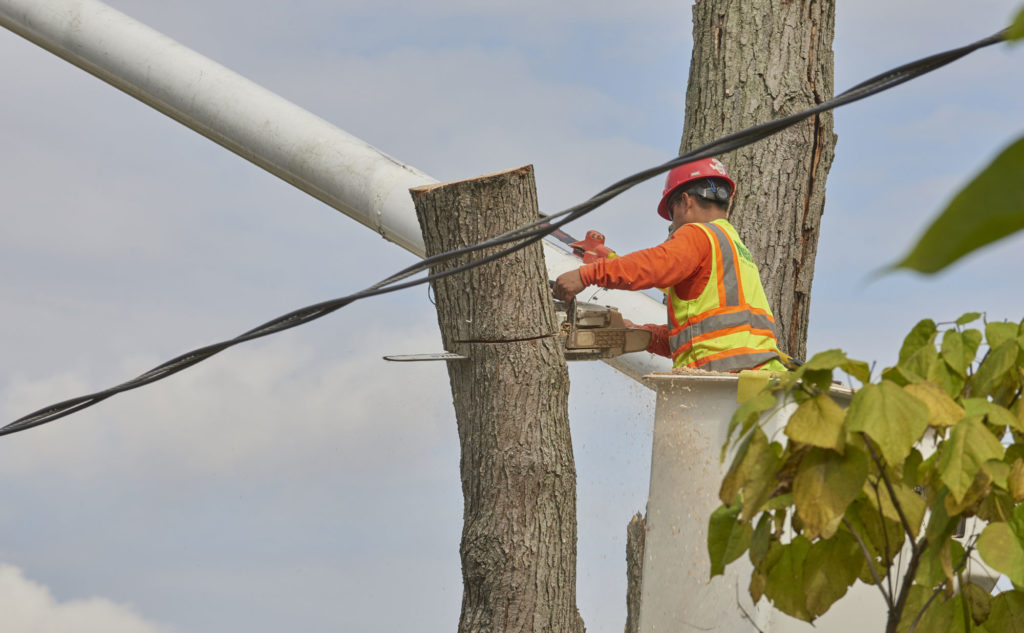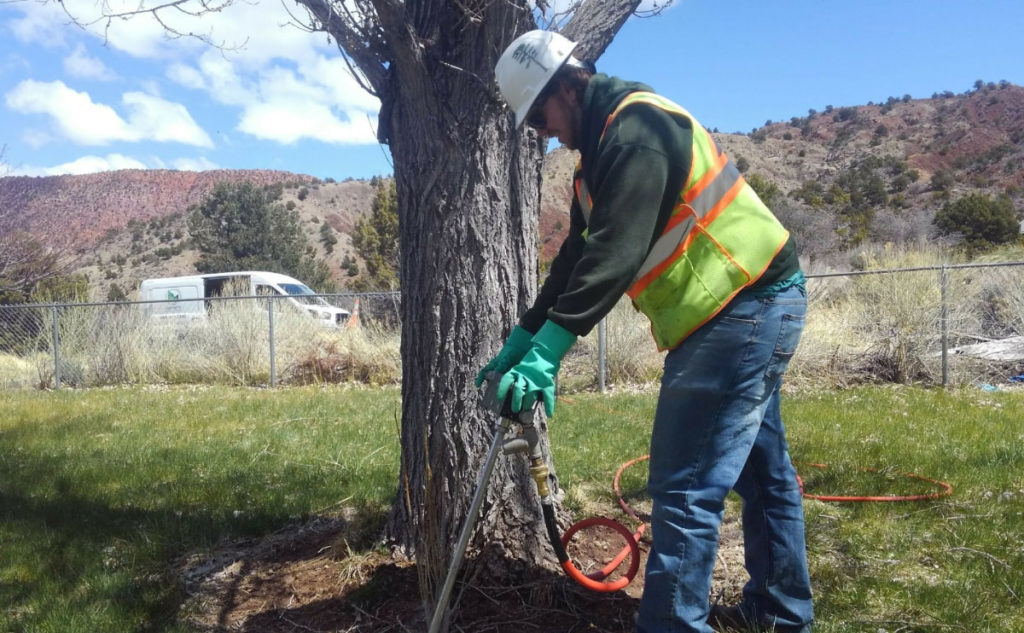Increased Worker Safety with The Growth Solution Method
The safest tree is the one you don’t have to prune. This statement is one of the truest ways that TGRs can positively impact the world of vegetative management. It’s no secret that working in and around trees is one of the most dangerous occupations on the planet. Combine tree work, heavy machinery, and electrical lines together, and it’s easy to see why vegetation management is considered one of the most hazardous work environments today. There are a few ways that tree growth regulators promote and increase safety.

Tree work is the most dangerous job in America in terms of injuries and fatalities.
*2016 the Bureau of Labor Statistics
How TGRs Increase Safety
Extending prune cycles on a given circuit is one way that TGRs promote safety. If you could prune a circuit every 4-6 years instead of every 2-3 years, there are fewer opportunities for an incident to occur on that circuit. The benefit is even more significant for sites that pose hazards such as vehicle traffic, pedestrians, or difficult access. Every chance you get to take your workers out of those situations will positively impact safety.
Pruning trees that have been previously treated with TGRs also creates safer situations, as there is less biomass to remove on subsequent cycles. The reduction of biomass can be as high as 75%, meaning there is less physical material to remove from the tree, which requires less work for the climber or bucket worker. On average, there is a 53% saving of prune and chip time compared to pruning alone. It also means there is less biomass to run through the chippers, and every minute not running a chipper should be considered an increase in safety.
Simply put, working with trees near utility lines can be deadly. Part of our commitment to safety is to reduce the number of times workers are required to be in high-risk situations.

